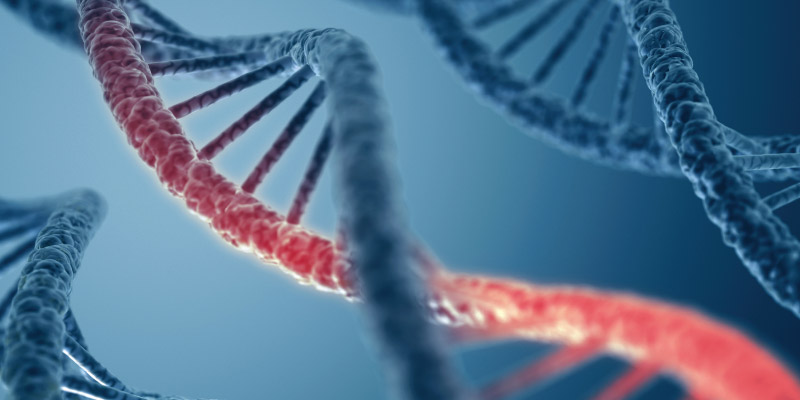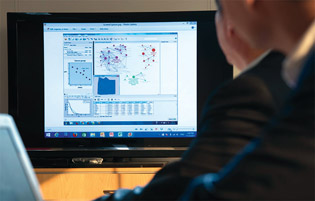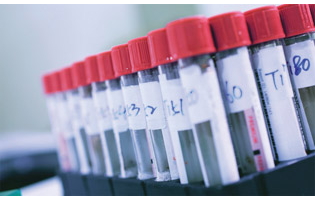
in cancer
New targets for treatment
With an effective analysis platform, the research team identified a threshold with which to classify networks of strongly co-expressed genes using expression data from CML patients. They found that networks associated with Nucleophosmin 1 (NPM1) – a gene involved in the biogenesis of protein-making ribosomes that has long interested Prof. Yung – established co-expression links with abnormally large ribosomal protein networks and pathways of the BCR-ABL oncoprotein, a known contributor to the pathogenesis of CML.
The team suggested that NPM1 may be an important mediator, connecting the BCR-ABL network to ribosome biogenesis and, hence, protein synthesis and cell growth.
A further finding was that in CML, transcription factors – proteins involved in transcribing DNA to RNA – target different genes than they usually would, altering network links.
The most obvious benefit of the team's findings is that an NPM1-oriented strategy could be developed for treating CML, enabling more precisely targeted therapy. Yet as Dr Wong explained, the analytical results are only the start: "We still need to process cell culture experiments to verify the results; then preclinical trials in animals will be conducted for further verification. After that, clinical trials need to be conducted by pharmaceutical companies to ensure safety and effectiveness." When that process is complete, targeted therapy can become more targeted after knowing the gene interactions, co-expressions, the transcription factors and pathways.
An additional benefit is likely to be improved anti-cancer drug efficacy. With drug resistance commonly occurring after three to five years of treatment, the platform could play a critical role in identifying low drug-resistant target gene markers, allowing more effective drugs to be developed.
In a more general sense, the findings will allow biomedical scientists to better understand cancer pathogenesis. The platform developed will also make possible further contributions to the field, as it can be readily applied to other diseases for diagnostic, prognostic and therapeutic investigation.
"The team is now investigating over 1,000 cases of colon cancer collected from local hospitals. In the future, we will also analyse breast cancer," said Prof. Yung. Indeed, the team is looking forward to collaborating with local and Asian medical organizations to analyse breast and colon cancers in Asian genes.
The team's findings have been published in Scientific Reports, a leading multidisciplinary science journal of the Nature Publishing Group. With this analytical breakthrough, scientists are one step closer to better understanding cancer and what makes it possible. ♦


